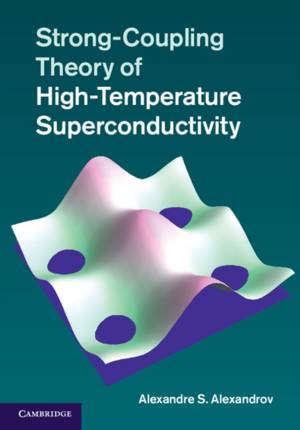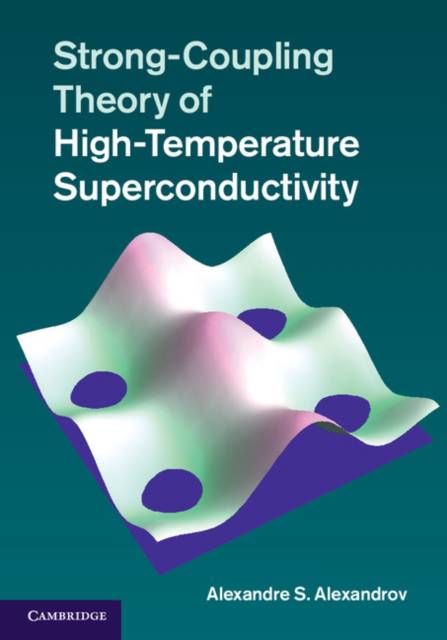
- Afhalen na 1 uur in een winkel met voorraad
- Gratis thuislevering in België vanaf € 30
- Ruim aanbod met 7 miljoen producten
- Afhalen na 1 uur in een winkel met voorraad
- Gratis thuislevering in België vanaf € 30
- Ruim aanbod met 7 miljoen producten
Zoeken
Strong-Coupling Theory of High-Temperature Superconductivity
Alexandre S Alexandrov
Hardcover | Engels
€ 245,45
+ 490 punten
Omschrijving
High-temperature superconductivity has transformed the landscape of solid state science, leading to the discovery of new classes of materials, states of matter, and concepts. However, despite being over a quarter of a century since its discovery, there is still no single accepted theory to explain its origin. This book presents one approach, the strong-coupling or bipolaron theory, which proposes that high-temperature superconductivity originates from competing Coulomb and electron-phonon interactions. The author provides a thorough overview of the theory, describing numerous experimental observations, and giving detailed mathematical derivations of key theoretical findings at an accessible level. Applications of the theory to existing high-temperature superconductors are discussed, as well as possibilities of liquid superconductors and higher critical temperatures. Alternative theories are also examined to provide a balanced and informative perspective. This monograph will appeal to advanced researchers and academics in the fields of condensed matter physics and quantum-field theories.
Specificaties
Betrokkenen
- Auteur(s):
- Uitgeverij:
Inhoud
- Aantal bladzijden:
- 194
- Taal:
- Engels
Eigenschappen
- Productcode (EAN):
- 9781107018556
- Verschijningsdatum:
- 2/05/2013
- Uitvoering:
- Hardcover
- Formaat:
- Genaaid
- Afmetingen:
- 173 mm x 249 mm
- Gewicht:
- 498 g

Alleen bij Standaard Boekhandel
+ 490 punten op je klantenkaart van Standaard Boekhandel
Beoordelingen
We publiceren alleen reviews die voldoen aan de voorwaarden voor reviews. Bekijk onze voorwaarden voor reviews.








